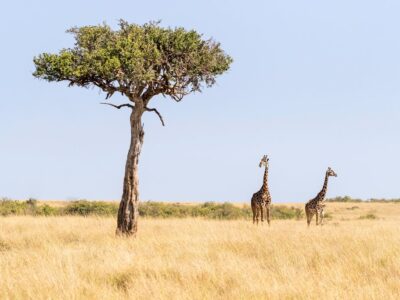
December is a wonderful time to visit Kenya—the weather is warm and reasonably dry yet the crowd sizes are still manageable, particularly at the beginning of the month. You'll get some rain but it's not constant, offering plenty of days to take a wildlife safari or stroll through the markets of Nairobi. Another great thing about this shoulder season is that prices are lower so you can find plenty of deals on hotels and airfare.
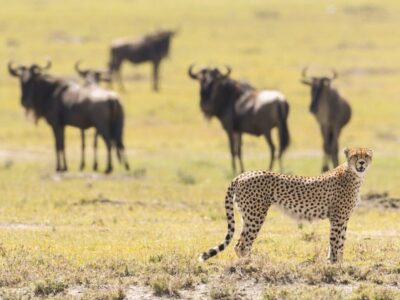
April is a wet, rainy month in Kenya. The coasts are extremely hot and rainstorms are frequent and steady. Meanwhile, wildlife is tougher to spot on safaris due to thick vegetation and lack of animals visiting water sources. The upshot, however, is that it's a cheap time of year to visit—and there are hardly any tourists. Plus, since rain often only falls in the afternoon, you'll still have time to enjoy the morning hours.
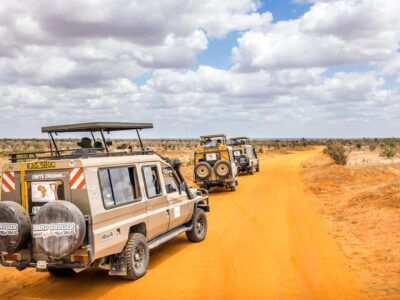
The rainy season is in full effect during the month of May when showers arrive in the afternoons throughout most of the country. Also dubbed the "green season," the vegetation is lush and beautiful this time of year but wildlife is harder to spot. There are lots of mosquitos and, in addition to the rain, it's hot and muggy. The upside, however, is that crowd sizes are small and prices are excellent.
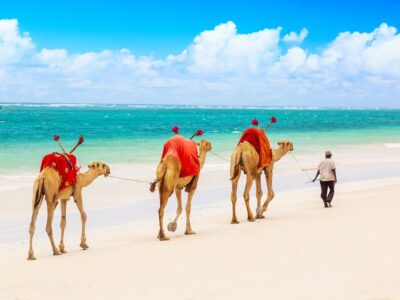
August is high season in Kenya when the weather is warm and dry. The lack of rain, combined with ideal air temperatures, makes it an excellent month to watch the Great Wildebeest Migration in Maasai Mara, or treat yourself to the spectacular views of Mount Kilimanjaro. Just keep in mind that the nice weather brings crowds and it will be busier this time of year.
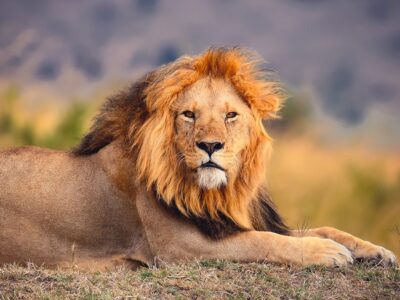
November can be a fantastic time for a Kenya vacation—the weather is warm, the tourist numbers are moderate, and the Mombasa Carnival gets underway on the coast. That said, you'll need to prepare for some rain. It's a shoulder season which means you get a little bit of everything: some days are sunny while others get pummeled with rain showers. They don't typically last long, however, so as long as you bring a good rain jacket you're still bound to enjoy yourself.
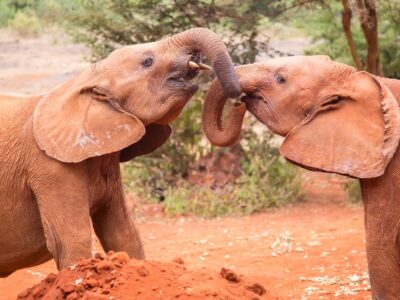
February is the dry season in Kenya and, due to the lack of rain, also the high season. The absence of mud and wet soil makes the savannah easy to access and perfect for wildlife safaris. Destinations like Samburu National Reserve and Maasai Mara teem with elephants, zebras, and giraffes, and others while temperatures in the city are warm and pleasant, lingering in the high 70s to mid-80s. Do keep in mind that this is peak season—expect more tourists and higher prices than other times of year.
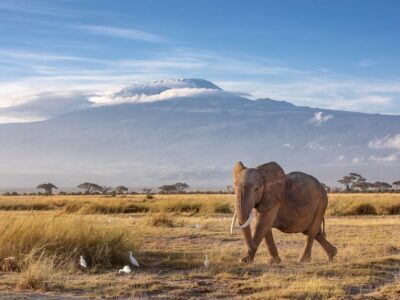
After a short rainy season between March and May, June ushers in the beginning of drier weather—and the onset of Kenya's busy high season. The first part of the month is typically a bit wetter and, as you move toward the middle and end, it gets drier and sunnier. The combination of pleasant weather, excellent wildlife viewing, and an abundance of tourist activities make it a great time of year to visit.
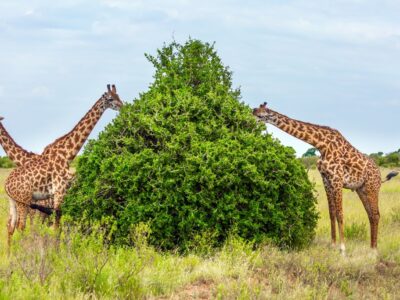
By July, the dry season has arrived, the rains are gone, and high tourist season is in full swing. It's a fantastic time to watch wildlife roam the savannah or soak up breathtaking views of Mount Kilimanjaro. It's relatively cool in Nairobi, averaging in the 70s, with slightly hotter temperatures along the coast. The only downside to visiting in July is that crowds begin arriving in large numbers.
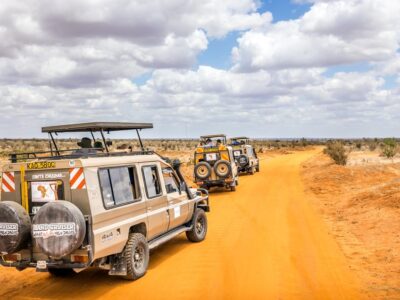
October is a fantastic time to visit Kenya, although you'll want to come earlier in the month for the best tourist conditions. The first couple of weeks are dry with warm, pleasant temperatures. Herds of wildebeests migrate across the Mara River, along with giraffes, zebras, and other savannah creatures. By the end of the month, however, the rains begin and wildlife becomes harder to spot.
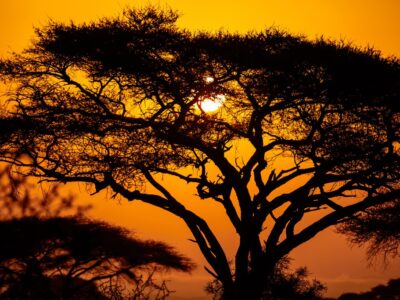
In March, the weather transitions quickly from "hot and dry" to "wet and rainy." The precipitation renders many of Kenya's national parks inaccessible and it becomes harder to book safaris or view wildlife. That said, prices are fantastic this time of year and there are hardly any tourists. Plus, if the rains arrive later in the month as they occasionally do, you can enjoy all the benefits of a March trip without the lousy weather.
